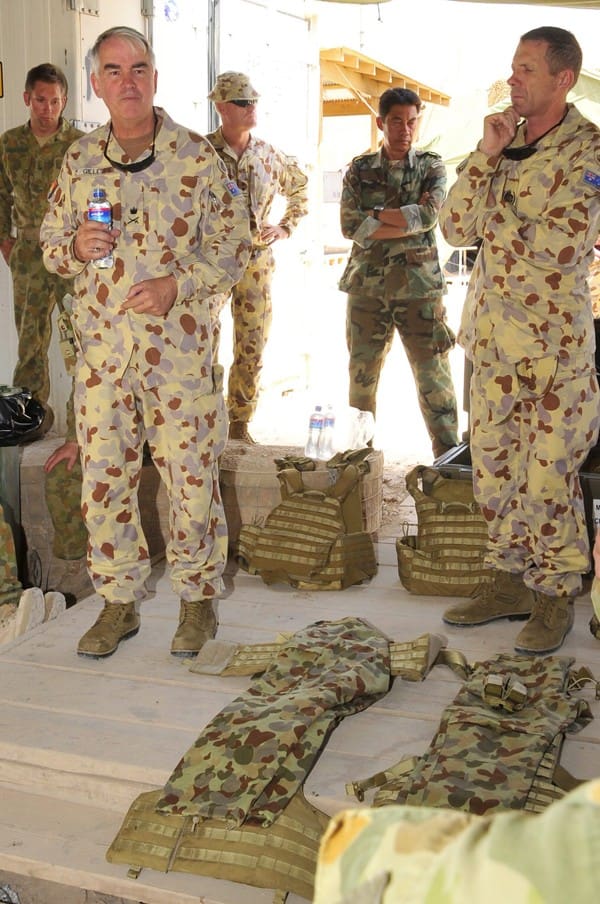
Service uniforms are “everyday” uniforms.Insignia – symbols identifying a service member’s rank – are present, but subdued, on combat uniforms.

Service members do wear this type of uniform in combat, but it is also common for them to wear it while performing day-to-day duties in non-combat settings. Combat uniforms are patterned in green or tan camouflage. They are most often made up of a tunic – a heavy-duty jacket – pants, t-shirt, a cover (hat) and boots.

The truth is there are hundreds of variations across the military – much more information than can be covered here. Uniforms differ by service branch, season, gender, occasion and many other factors. Your service member will have a number of uniforms, some which look very different from each other. Uniforms also serve a practical purpose, making it easy to quickly identify who is in charge in every situation – from a formal briefing to a firefight. Uniforms help promote a sense of cohesion and belonging among service members and communicate power and discipline to our allies and enemies alike.įor service members, uniforms are a form of communication they convey rank, years of service, occupational specialty, special assignments and specific awards won, all in a glance. Support for Families With Special Needs.EFMP - Exceptional Family Member Program.Wounded, Ill or Injured, & Their Caregivers.


 0 kommentar(er)
0 kommentar(er)
